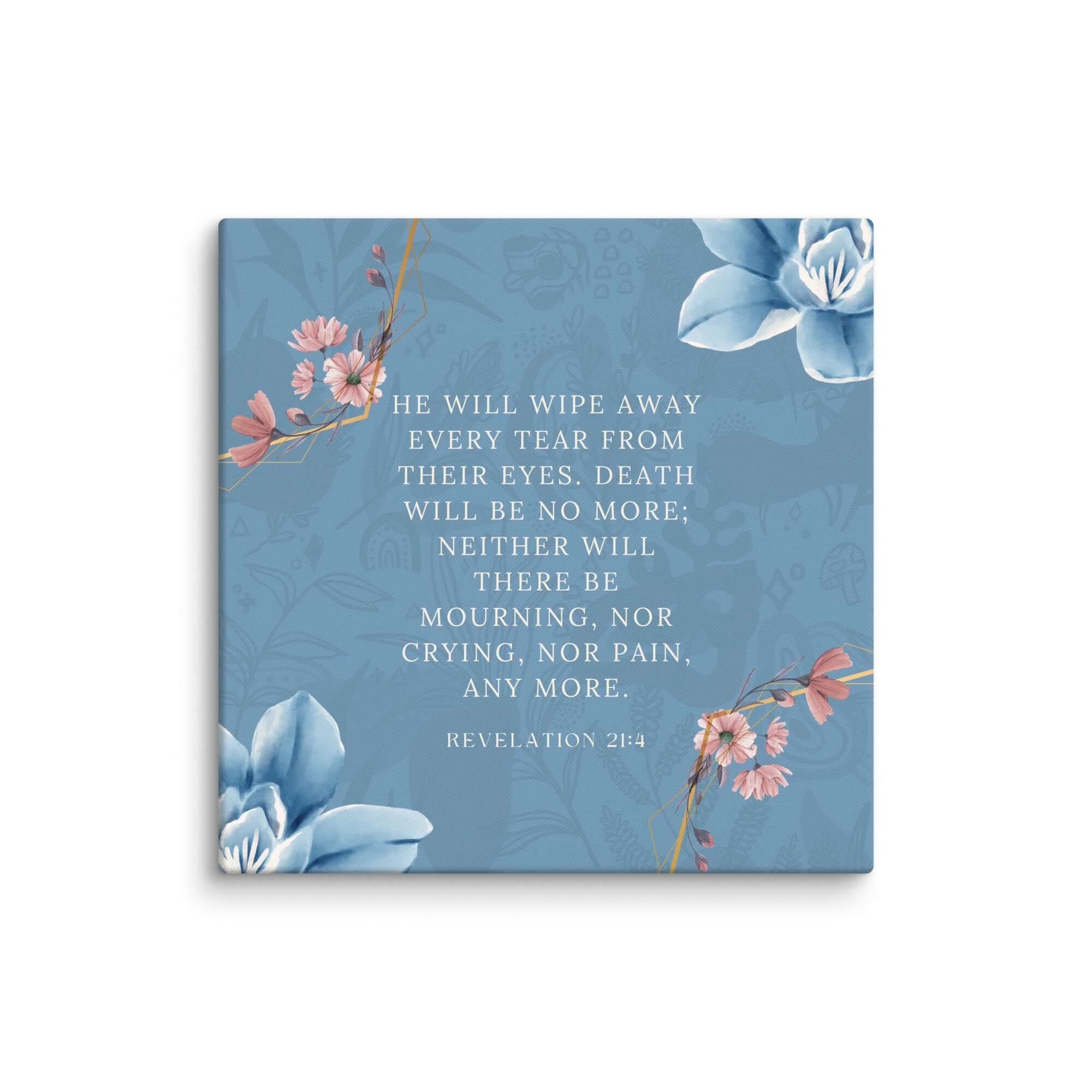Christian prints have served as a profound medium for conveying biblical stories, teachings, and the rich heritage of Christianity for centuries. From the intricate woodcuts of the medieval era to modern digital designs, these prints are not only artistic treasures but also tools of devotion and education. This article explores their origins, evolution, and enduring significance in the Christian faith.
The Origins of Christian Prints
Christian prints date back to the early days of printing in the 15th century, closely following the invention of the printing press by Johannes Gutenberg. As the technology spread across Europe, artists began creating woodblock prints to depict scenes from the Bible and other religious imagery. These prints became popular for several reasons:
- Accessibility: Unlike costly illuminated manuscripts, printed images were affordable and could reach a wider audience.
- Visual Storytelling: Many people in medieval Europe were illiterate, so these prints helped communicate biblical narratives and teachings visually.
The combination of artistry and spiritual themes made Christian prints an essential element of religious life.
The Role of Christian Prints in the Reformation
The Protestant Reformation in the 16th century played a pivotal role in the evolution of Christian prints. Reformers like Martin Luther used the medium to spread their messages. Woodcuts and engravings became tools for theological education and propaganda. Key themes included:
- Biblical Literacy: Prints emphasized the importance of reading and interpreting the Bible.
- Criticism of Corruption: Satirical prints often critiqued the Catholic Church’s practices.
- Evangelism: Artworks depicting Jesus, the apostles, and moral lessons helped spread Christian teachings.
These prints not only reflected theological debates but also made religious ideas more accessible to everyday people.
Artistic Styles and Techniques
Christian prints have evolved over time, showcasing a range of artistic styles and techniques:
- Woodcuts: Early Christian prints were created using woodblocks. These were simple yet powerful, emphasizing bold lines and clear imagery.
- Engravings and Etchings: The Renaissance and Baroque periods introduced more detailed and realistic techniques, bringing biblical scenes to life with depth and emotion.
- Lithography and Chromolithography: By the 19th century, advancements in printing allowed for vibrant, colorful Christian art, making devotional prints even more captivating.
Each style reflects the artistic and cultural trends of its time while staying rooted in spiritual themes.
Modern Christian Prints
In the contemporary era, Christian prints have adapted to modern technology and tastes. Digital printing and graphic design have opened new possibilities for creating devotional art. Modern Christian prints often include:
- Inspirational Quotes: Bible verses and uplifting messages paired with creative designs.
- Diverse Art Styles: From traditional to abstract, modern prints cater to a wide range of preferences.
- Customization: Personalizable prints allow individuals to incorporate their faith into home décor and gifts.
These prints remain a popular way to express and share Christian faith in a visually compelling manner.
The Spiritual and Cultural Impact
Christian prints hold deep spiritual and cultural significance. For believers, they serve as a source of inspiration, meditation, and a reminder of their faith. Culturally, they reflect the artistic and theological shifts within Christianity over centuries. Whether displayed in homes, churches, or museums, Christian prints continue to connect people to their faith and heritage.
Conclusion
Christian prints are more than just artwork; they are a testament to the enduring power of faith and creativity. From their origins in medieval Europe to their modern digital forms, these prints have brought biblical stories to life, inspired devotion, and captured the imagination of generations. As both spiritual tools and historical artifacts, they offer a unique window into the history and heart of Christianity.





















